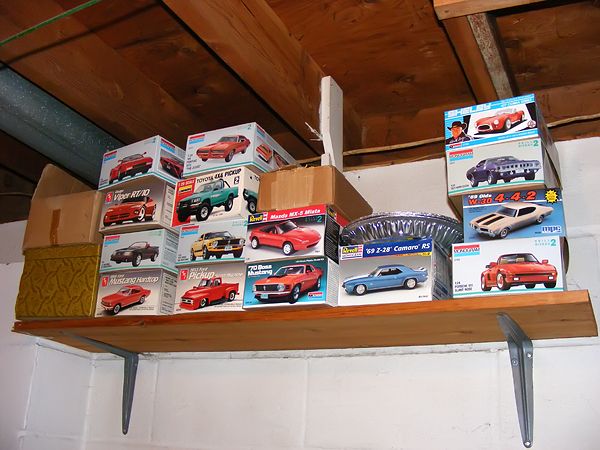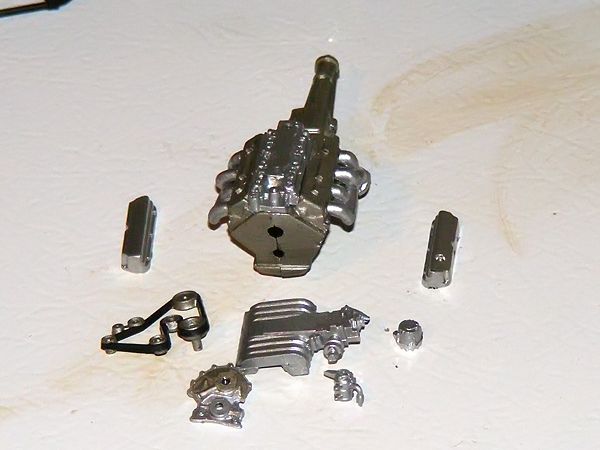If you want to get serious about detailing, a Dremel is a nice tool to have. I wanted to start a long time ago to build in fine detail. I had thin wire of various gage and various color of insulation as well as very small metal braided thread. They can be used for things like brake lines, coolant hoses, spark plug wires, etc. Use the Dremel to grind off the molded detail such as the brake lines from the chassis and use the various wires to plumb the lines.
Solder is a good raw material for fabricating exhaust systems.
My mother was into sewing. I would scavenge her scraps of fabric for stuff like interior carpet, seat upholstery and other stuff.
There's a lot you can do with detailing scale models if you want to put the time into it. As I said, I wanted to, but never quite got around to it. I quit modelling at the stage where I was getting into detail painting. I have probably 20 models in the boxes all detail painted with the engine components, but never put them fully together.
Painting, remember, cars are not 1 shade of black and 1 shade of silver. You have to have many different shades of each by mixing or using some of the various stock colors. I had several shades of black, but with silver, I probably had at least 8 different shades.
An example of using wire and other materials for detailing an engine bay in 1:24 scale modeling....

Get the basics of detail down, then start on weathering. Majority of cars are not in showroom like condition. You can fade the paint down, make misc. rust and rust holes. Weathering the tires goes miles into making it look real. Add a simple scene to put your model into for display....

You also need some clearcoat, both in gloss and flat or satin. If using decals, give the model a light clearcoat, apply the decal, then another light clearcoat to seal the decals.
You need some light plastic filler to fill in flaws, especially in the body. Also, a selection of sand papers and sanding tools. Emery boards are good for that. Go hoard mom's/wife's/sister's/girlfriend's makeup supplies.
Save all the plastic trees that the parts come on. They can be used for fabricating new parts. Other materials that can be used is polystyrene, such as the trays that you get from your meat packages at the grocery stores. For window trims and bumpers of older cars, the thin foil that will rub onto the plastic is a must. You can't duplicate chrome and bright trim with paint.



 . I've been buying the (9$!) TS spray cans. they work pretty well, but as meantioned here, a spray gun is better? and where do I get the canister of paints? can I use anything? (X, XF bottles?)
. I've been buying the (9$!) TS spray cans. they work pretty well, but as meantioned here, a spray gun is better? and where do I get the canister of paints? can I use anything? (X, XF bottles?)





